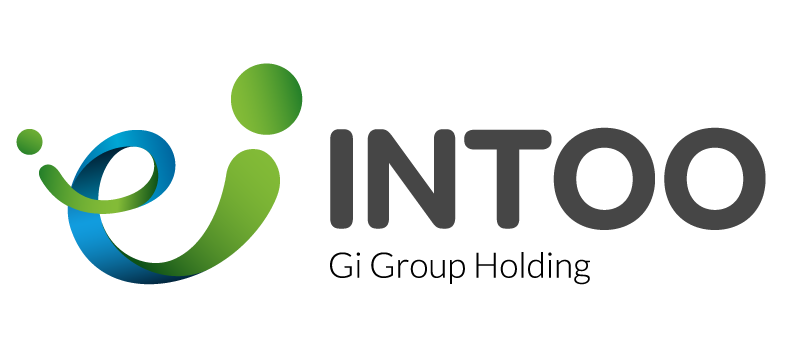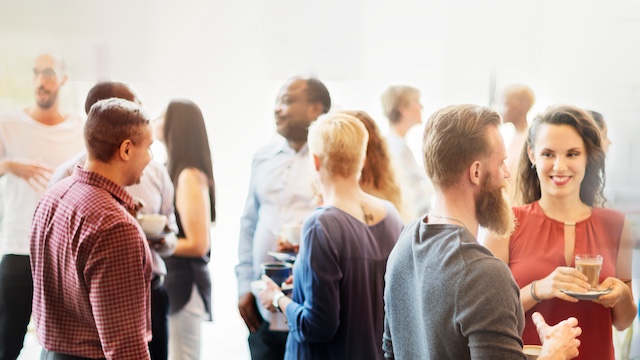What Is Gamification in Business?
Gamification in business is the strategic use of game-like elements to motivate employees, customers, or partners. As a manager, it’s a tool to boost engagement and desired behaviors.
Think of points, badges, leaderboards, or challenges commonly found in games. Gamification incorporates these elements into your business context. For example, a sales team might earn points for exceeding quotas, with top performers recognized on a leaderboard.
The goal is to make tasks or processes more engaging, fostering a sense of competition, accomplishment, and community. By understanding how game mechanics motivate people, you can design gamification experiences that drive the results you need for your business.
What Is an Example of Gamification In the Workplace?
At XYZ Corporation, the sales department implements a gamified sales leaderboard called “Sales Superstars.” Each sales representative, including Sarah, John, and Emily, is assigned a unique avatar and earns points for meeting sales targets, closing deals, and surpassing revenue goals. The top performer, Sarah, earns the “Sales Champion” title and receives a special badge on her avatar. Prominently displayed in the office, the leaderboard updates in real-time, generating excitement and fostering friendly competition among team members. To incentivize performance, top performers like John and Emily receive monthly rewards such as gift cards or additional vacation days. This gamified approach not only boosts sales productivity but also enhances team morale and collaboration at XYZ Corporation.
How Can Gamification Help HR & Business Leaders?
Gamification can be a powerful tool for HR and business leaders by:
- Boosting Employee Engagement: HR can leverage gamification to make onboarding, training, and even routine tasks more interactive and enjoyable. This increases employee participation and fosters a more positive work environment.
- Enhancing Learning & Development: Gamified training programs can improve knowledge retention and skill development compared to traditional methods. This leads to a more competent and adaptable workforce.
- Improving Performance & Productivity: By incorporating game mechanics like challenges and rewards, HR can motivate employees to achieve goals and strive for excellence. This translates to increased productivity and better business outcomes.
Driving Desired Behaviors: Gamification can incentivize specific behaviors, like completing compliance training or participating in wellness programs. This helps HR achieve strategic objectives and cultivate a positive workplace culture.




